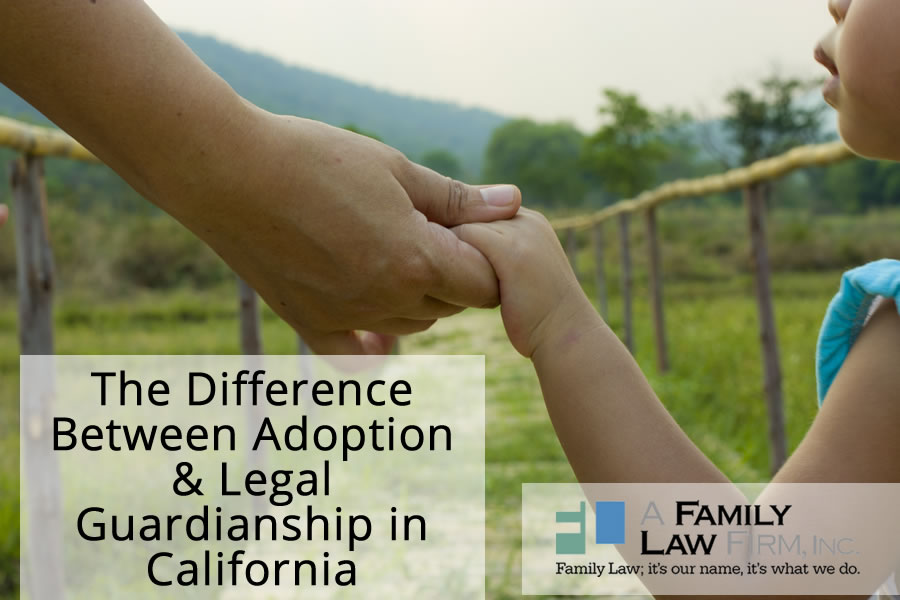Difference Between Legal Guardianship And Adoption
Difference Between Legal Guardianship And Adoption - Guardianship is generally used when someone. The main difference between the two is that custody involves a biological parent. Guardianship and adoption provide a child or youth with stable, supportive parent (s), giving the caregiver (s) all the parental responsibilities. The differences between guardianship and adoption in terms of legal rights and responsibilities are important to.
The main difference between the two is that custody involves a biological parent. The differences between guardianship and adoption in terms of legal rights and responsibilities are important to. Guardianship is generally used when someone. Guardianship and adoption provide a child or youth with stable, supportive parent (s), giving the caregiver (s) all the parental responsibilities.
Guardianship and adoption provide a child or youth with stable, supportive parent (s), giving the caregiver (s) all the parental responsibilities. The differences between guardianship and adoption in terms of legal rights and responsibilities are important to. The main difference between the two is that custody involves a biological parent. Guardianship is generally used when someone.
Adoption and Legal Guardianship in California A Family Law Firm
Guardianship is generally used when someone. The differences between guardianship and adoption in terms of legal rights and responsibilities are important to. Guardianship and adoption provide a child or youth with stable, supportive parent (s), giving the caregiver (s) all the parental responsibilities. The main difference between the two is that custody involves a biological parent.
What Are the Legal Differences Between a Guardianship and an Adoption
Guardianship is generally used when someone. Guardianship and adoption provide a child or youth with stable, supportive parent (s), giving the caregiver (s) all the parental responsibilities. The main difference between the two is that custody involves a biological parent. The differences between guardianship and adoption in terms of legal rights and responsibilities are important to.
What Are the Legal Differences Between a Guardianship and an Adoption
Guardianship and adoption provide a child or youth with stable, supportive parent (s), giving the caregiver (s) all the parental responsibilities. Guardianship is generally used when someone. The differences between guardianship and adoption in terms of legal rights and responsibilities are important to. The main difference between the two is that custody involves a biological parent.
Difference Between Guardianship and Adoption What’s Right for You?
Guardianship is generally used when someone. The main difference between the two is that custody involves a biological parent. Guardianship and adoption provide a child or youth with stable, supportive parent (s), giving the caregiver (s) all the parental responsibilities. The differences between guardianship and adoption in terms of legal rights and responsibilities are important to.
Difference Between Guardianship and Custody Legal Terms to Know
Guardianship and adoption provide a child or youth with stable, supportive parent (s), giving the caregiver (s) all the parental responsibilities. The differences between guardianship and adoption in terms of legal rights and responsibilities are important to. Guardianship is generally used when someone. The main difference between the two is that custody involves a biological parent.
Legal Guardianship vs. Adoption What’s Right for You? Considering
The differences between guardianship and adoption in terms of legal rights and responsibilities are important to. The main difference between the two is that custody involves a biological parent. Guardianship and adoption provide a child or youth with stable, supportive parent (s), giving the caregiver (s) all the parental responsibilities. Guardianship is generally used when someone.
Difference Between Adoption and Legal Guardianship
Guardianship and adoption provide a child or youth with stable, supportive parent (s), giving the caregiver (s) all the parental responsibilities. The main difference between the two is that custody involves a biological parent. Guardianship is generally used when someone. The differences between guardianship and adoption in terms of legal rights and responsibilities are important to.
What's the Difference between Custody, Guardianship, and Adoption
Guardianship and adoption provide a child or youth with stable, supportive parent (s), giving the caregiver (s) all the parental responsibilities. Guardianship is generally used when someone. The main difference between the two is that custody involves a biological parent. The differences between guardianship and adoption in terms of legal rights and responsibilities are important to.
What is the difference between guardianship and adoption? Child
Guardianship is generally used when someone. The differences between guardianship and adoption in terms of legal rights and responsibilities are important to. The main difference between the two is that custody involves a biological parent. Guardianship and adoption provide a child or youth with stable, supportive parent (s), giving the caregiver (s) all the parental responsibilities.
The Difference Between a Guardianship and Adoption Moskowitz Law
Guardianship is generally used when someone. The main difference between the two is that custody involves a biological parent. Guardianship and adoption provide a child or youth with stable, supportive parent (s), giving the caregiver (s) all the parental responsibilities. The differences between guardianship and adoption in terms of legal rights and responsibilities are important to.
The Differences Between Guardianship And Adoption In Terms Of Legal Rights And Responsibilities Are Important To.
Guardianship is generally used when someone. The main difference between the two is that custody involves a biological parent. Guardianship and adoption provide a child or youth with stable, supportive parent (s), giving the caregiver (s) all the parental responsibilities.









